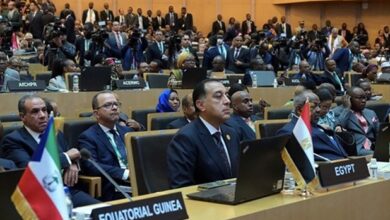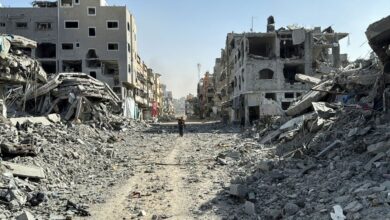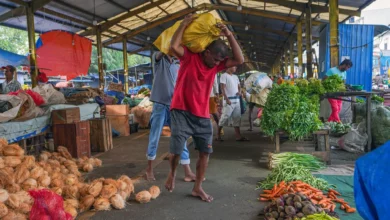
In the past 30 years, the world has lost more than 2.5 million people and almost US$4 trillion because of natural disasters, the president of the World Bank said on Friday as governments prepare to adopt a new global plan to reduce disaster risk.
Speaking in Tokyo on his way to the northeastern city of Sendai, where a UN conference aims to finalize the plan, Jim Yong Kim said the 2010 earthquake in Haiti destroyed more than a decade of growth in the country, and in 2013, Typhoon Haiyan pushed nearly half a million Filipino households into poverty.
Over the last 16 months, the Ebola epidemic killed nearly 10,000 people in Guinea, Liberia and Sierra Leone, and caused those countries' growth rates to plunge from some of the highest in the world to expected levels near or below zero, the World Bank chief said.
"To end poverty, we must continue to expand our understanding of how to manage disasters and deploy this knowledge aggressively," Kim said in prepared remarks to journalists.
Due to global warming, the frequency, intensity and duration of extreme weather events like droughts will increase, he warned, making disaster risk "worse in the future".
The conference tasked with agreeing the new disaster reduction plan opens on Saturday and will be attended by UN Secretary-General Ban Ki-moon and 20 heads of state and government, including Japanese Prime Minister Shinzo Abe.
Denis McClean, spokesman for the UN Office for Disaster Risk Reduction (UNISDR), said the current 10-year plan, known as the Hyogo Framework for Action, had been a "limited success".
"In many countries we have seen the growth of a culture of disaster risk management which was not there before, and would not have been possible without the guidance and the guidelines contained in the Hyogo Framework for Action," he said.
By 2015, 86 countries had set up formal national bodies to coordinate disaster risk reduction efforts, and 121 countries had enacted legislation to support policy to reduce disaster risk, according to the UNISDR.
In addition, there are now 85 national disaster loss databases, giving those countries a headstart in tackling the factors that cause deaths and economic losses when hazards like floods or an earthquake hit, McClean said.
Fewer lives lost
Jo Scheuer, director for climate change and disaster risk reduction with the United Nations Development Program, said voluntary frameworks like the Hyogo agreement were important because they steered investments, strategies and programs in the right direction.
"In terms of dealing with disaster events, we are in much, much better shape than we have ever been before, and you see that in (a) reduction of loss of life," he told the Thomson Reuters Foundation in Sendai.
"A global framework does have an impact on what happens on the ground," he said, citing improvements in early warning systems, search and rescue, evacuation drills and identifying safe shelters.
But while the world has got better at dealing with disaster events, it is not yet basing development decisions on risk information in an accountable way, so that building codes are enforced, for example, Scheuer said.
Philippines Senator Loren Legarda said her country had responded to the Hyogo Framework for Action by enacting laws on disaster risk reduction and climate change.
But 10 years after the framework was adopted, "we realize the gaps in implementing our laws", she said.
When Typhoon Haiyan hit the central Philippines in 2013, more than 6,300 people died because many living in vulnerable areas were not evacuated ahead of the storm, demonstrating the importance of early warning systems, she added.
Efforts must be made to raise awareness that laws to protect people exist, and to find resources to put them into practice, Legarda said. "Doing otherwise means…death, means loss of livelihood," she said.
At preparatory talks on Friday ahead of the start of the Sendai conference, negotiators failed to reach agreement on thorny issues in the draft text for the new global plan, including targets to measure progress and how to increase funding for disaster prevention.
Talks could continue through Tuesday, in a form to be decided on Saturday, so that a final version of the plan could be presented for approval on Wednesday, when the conference is scheduled to close.




